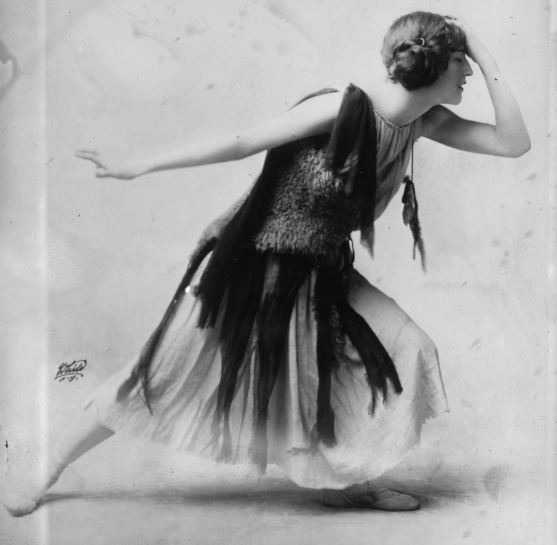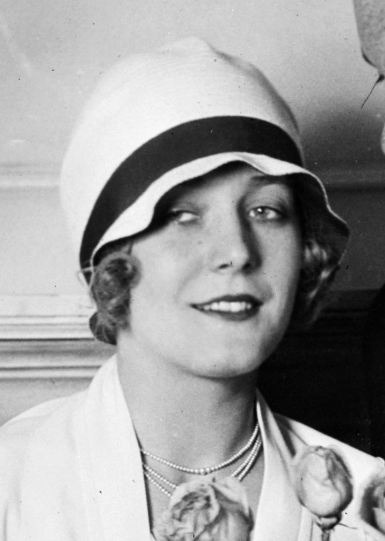The 1920s served as a liberation era for women in France. With the end of World War 1 and after gaining the right to suffrage, women became more active in society, taking up greater participation in sports, the workplace, public life, and war efforts. While men didn’t have dramatic style changes in clothing, women’s fashion turned tenfold to align with their shifting roles in society. They left the Edwardian and Victorian garments they have previously worn, opting for more casual, modern, practical, and unconventional clothing. In this article, let’s delve into major fashion trends in France in the 1920s and how fashion signified people’s newfound freedom and the economic and social change in the era.
Women’s Fashion
Undergarments, Hosiery, and Fabric
In the 1920s, women shut off corsets to replace them with new types of brassieres, proving that the fashion revolution occurred from the inside out. Comfier bloomers or the shorts worn under dresses and skirts replaced the relatively larger knickers and longer drawers. These bloomers then transformed into panties later in the decade. Meanwhile, women also discarded black wool stockings, as the lightweight, beige-colored and patterned stocking became prevalent.
Fabrics have also seen massive changes during the 1920s. Wealthy people preferred luxurious, expensive fabrics, such as silk, furs, and velvet. Wool and cotton were copious, making them relatively cheaper. On the other hand, synthetic fabrics, such as artificial silk, jersey, and viscose-rayon, were widely used, while printed art designs were also seen in fabrics.
Bathing Suits and Sportswear
Bathing suits became more revealing in the 1920s. Arms, legs, and necklines became more exposed as women started to more comfortable, practical, and form-fitting swimwear, thanks to the arrival of new varieties of fabrics. Some of the brands that launched during this decade are still now household names in the swimwear industry.
Sports have also seen increased participation of women. It was accompanied by the introduction of sportswear to cater to women. Female tennis players have worn slim-fit, lightweight dresses, while female golfers have worn knee-length, pleated skirts. Some women even wore sports clothes on and off the court. As the decade progressed, women adopted menswear-inspired clothing, such as sweaters, knickers, lumberjack shirts, and button-down blouses, matched again with pleated skirts or chiffon trousers.
Flapper Dresses
Flapper fashion is perhaps the first thing that comes to people’s minds when thinking about 1920s fashion. While the look only emerged in the mid-1920s, it became an essential avenue for the “flappers” to showcase their energetic freedom, featuring receding necklines and calf-revealing lengths, slim and straight silhouettes, and unrestricted makeup, accompanied by casual to hasty manners. The Flapper lifestyle may have been seen as something immoral and outrageous, yet it exuded an air of sophistication, modernism, and independence, essential for women who then wanted to break free from the chains of the Victorian period.
Daily Wear
The 1920s will always be associated with the Flapper fashion, yet it’s good to note that the style was far different at home. For their daily wear, women wore casual, modest house dresses, typically loose pullovers in plaid, striped, solid, or gingham colors. Yet, with the women’s growing role in society, these house dresses evolved to more sophisticated garments by the end of the decade.
Hats, Headwear, and Hairstyles
Previous decades saw more elaborate, glamorous, and bigger hats and headwear. The 1920s shunned these off and resorted to smaller, close-fitting, and less glitzy hats, which women wore in public. These small, trim hats were adorned with ribbons, flowers, or embroidery. The cloche hat with narrow brims became the most iconic hat of the decade, but other headwear like turbans, berets, headbands, and tams became also popular
With the smaller, tight-fitting headwear, women had to adjust their hairstyles to fit such hats and accessories, heralding the era of shorter haircuts. Some women in the early parts of the decade wore long hair, but had to style it to make it short, typically like a bun. Later in the decade, most women were already sporting the iconic bob-cut hairdo.
Men’s Fashion
Unlike women’s fashion, men’s fashion didn’t experience any significant changes in their clothing. In general, suits became more casual and men wore them in public. These garments were close-fitting, seemingly accentuating the physique of the soldiers who came home from war. Other trends include the use of single-breasted jackets, baggy suits, mismatched vests, and hip suspenders. which were seen as the decade progressed.
As the sport of golf also became more popular, men were seen donning sportswear off the court, serving as a more casual option that suits. Meanwhile, men’s hairstyles featured longer tops and shorter sides often applied with a shiny, oil-based hair product to resemble a “helmet.” It then fit the homburg and bowler hats, which men used during formal events, while they opted for fedoras for daily wear.
Takeaway
While most people see fashion on the aesthetic side, it transcends the outside appearance, as any trend represents a part of history and tells the story of an era. The 1920s proved this as the fashion style embodied the economic and societal changes that happened through the decade. Clothing then was not merely a necessity but serves as an opportunity for people to celebrate their individuality, changing roles, and ideals. France has been the creator of many fashion trends such as the french maincure, and much more.


